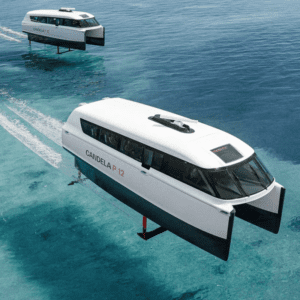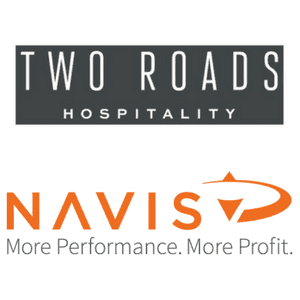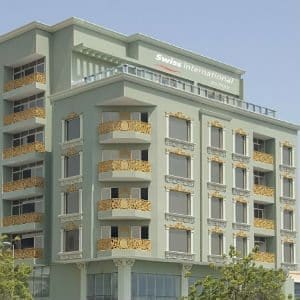Has the travel industry in Vietnam lived up to the great expectations that have been attracting investors since 'doi moi' in the late 1980s?
Expectations were very high. Everyone looked at Vietnamese landscape, history, food and its resilient people and assumed it would become a tourism haven to compete with Thailand overnight. It's been a longer, bumpier ride than expected for international tourism investors and operators. But major advancement in tourist-related infrastructure has been made, specifically in Ho Chi Minh City, Danang, Hoi An and Phu Quoc.
What needs to be done to make Vietnam more competitive?
Steady progress on multiple fronts such as infrastructure, HR training and strict safety requirements. The sinking of one of the Halong junks in 2011 was a nightmare that could have been prevented. Also, more efforts should be made to include less-well known areas into development plans. In the border areas between Laos and Cambodia more overland travelers could add significantly to the local economy. However, these areas need infrastructure investment to help local entrepreneurs and foreign investment blossom. I'd like to see a greater commitment to preservation of historical and cultural assets like old buildings in cities too.
What needs to be done to make aviation better in Vietnam?
The new Long Thanh International Airport in the outskirts of Saigon will start construction in 2015. Eventually it will compete with other Asian aviation hubs. New routes linking Mekong region tourism hot spots need to be developed. For example Phu Quoc island to Siem Reap and Danang with Luang Prabang.
Tourism needs road and rail development. Is that happening?
There are constant upgrades to the North-South Highway in Central Vietnam and the seaside roads in Quang Ngai and the Cua Dai Bridge in Quang Nam. Priority needs to go to prevention of annual floods that affect local communities and tourists, especially in Central Vietnam. Rail travel is loved by a great deal of travelers, but by and large it is slow and uncomfortable. Improvement of railway systems is a monumental investment, but the benefits for trade, tourism and society are major. This is could be especially true for the far North, where tourism is largely dependent on overnight trains.
What changes to the visa system in Vietnam would boost tourism?
Vietnam has opened dialogue with authorities in Cambodia, Laos, Thailand and Myanmar for one visa to all. That would be transformational and a great boost for tourism. But don't hold your breath. ASEAN should be more pro-active in driving the pan-ASEAN visa agenda ahead of 2015. Vietnam's immigration authorities are already a step ahead of neighboring countries by making obsolete the outdated immigration forms that visitors need to fill out by hand. The next step should be to have visa-free, limited-time admissions for nationalities that are known high-spenders. Thailand and Malaysia are good examples of cashing in on easy access.
What needs to be done to improve Vietnam's tourism investment situation?
Central Vietnam attracted US$108 million to four tourism projects since 2012. The United Arab Emirates is spending US$200 million on luxury tourism investment in Khanh Hoa province. Other high-end luxury projects are going in. However, environmental and social sustainability needs to be at the forefront of the government's development plans. Also, the whole country needs to benefit from development, not just the current tourist hubs. For example, there's already too much opportunistic investment in the Halong Bay area. Cruises are visiting the same places, resulting in a disappointing travel experience.
Is HR training meeting the needs of the tourism industry in Vietnam?
Vietnam doesn't attract many repeat clients from Western markets. Service standards are part of the problem. But this can be addressed with education and training. Vietnamese people have an appetite to learn, but there needs to be more standardization of curriculum and better quality teaching. Fortunately, Vietnam Tourism is adopting standardization with its 10 occupational skills training courses. Practical-use language skills are in constant need of improvement.
What new tourism products are there?
We like the plans to make river tourism a key sell point of Saigon. It entails the renovation and building of wharves. There is huge potential for cruises between Saigon and Cu Chi and to Can Gio. The government is allocating US$86 million to restore and protect the natural landscapes of Yen Tu, a collection of pagodas between Hanoi and Halong Bay. Phu Quoc with its new international airport is a new beach destination with emerging international appeal.
How well does Vietnam position itself in the market?
Vietnam is a pivotal tourism player in the Greater Mekong Region. However, it positions itself on a narrow base of destinations within a vast country. Everything happens in just a few locations, which is hampering repeat-visitor appeal. That said, Vietnam is very diverse as a stand-alone destination. It has the mountainous North, tropical beaches and the exotic Mekong Delta. With Hanoi and Saigon as main international hubs, Vietnam is increasingly becoming the preferred gateway to Indochina. To leverage this progress, it is important for tourism boards in Vietnam, Laos and Cambodia to work together on joint promotional campaigns.
Willem Niemeijer, is the CEO of Khiri Travel, which was established in 1993 as an independent destination management company with its own regional network. The group has 11 offices in Thailand, Laos, Myanmar, Vietnam and Cambodia, as well as an inbound travel company in the USA.












